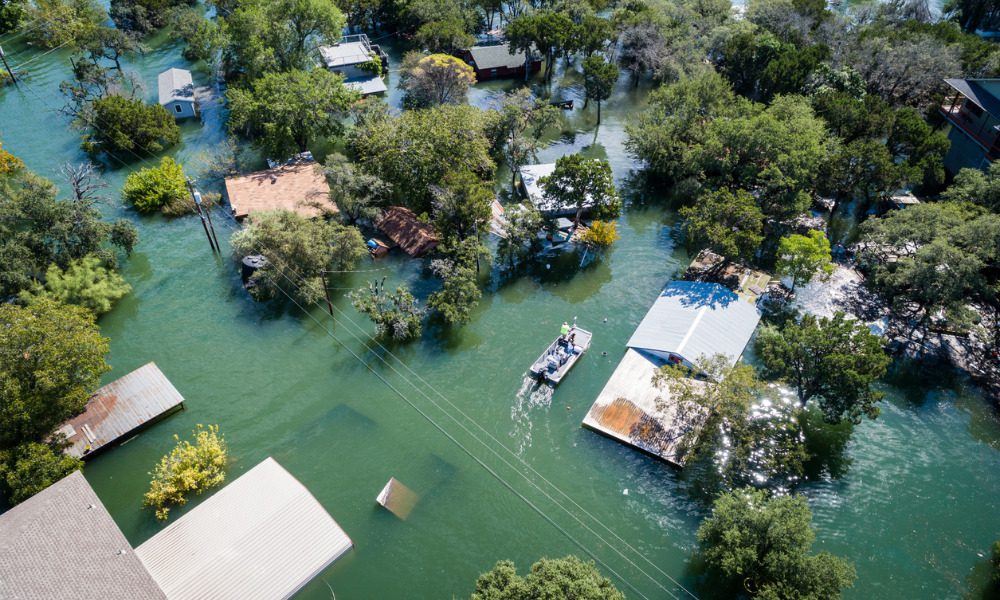Is catastrophe modeling the answer to California’s property insurance woes?

Is catastrophe modeling the answer to California’s property insurance woes? | Insurance Business America
Catastrophe & Flood
Is catastrophe modeling the answer to California’s property insurance woes?
Balancing a ‘chilling effect’ for modelers with consumer transparency
Catastrophe & Flood
By
Jen Frost
The use of catastrophe modeling to influence insurance rates in California has been mooted as one part of a potential fix for the state’s property insurance crisis, but private-led use remains a controversial option with consumer advocates having called for a public solution.
This month, the California Department of Insurance (CDI) held a workshop to examine the potential benefits and pitfalls of wildfire risk catastrophe modeling as it looks to shore up the insurance market, which has seen major insurers Allstate and State Farm exit new business and Farmers Insurance cut down its home insurance appetite.
Perhaps a testament to interest in the insurance challenges facing the state, not every member of the public hoping to participate was able to speak due to time constraints during the packed four-hour July 13 session, with the CDI having invited further written comments.
Verisk leader warns of potential ‘chilling effect’ of IP sharing
The level of transparency around private-led catastrophe modeling, with companies unwilling or unable to share proprietary information on how the models work, has proved a key battleground.
Speaking during the CDI session, Verisk Global Resilience Practice SVP Roger Grenier warned of unintended consequences and a “chilling effect” should modeler intellectual property be exposed to unauthorized parties and the firms be unable to protect their investment.
The result could be a potential limiting of tool availability, Grenier cautioned.
“Access to the best models can help insurers provide coverage in riskier areas,” Grenier said. “This also creates a fairer outcome for consumers.”
Also tackling the topic of public disclosure, Michael Young, Moody’s RMS VP model product management, pointed to other examples in other states, including the Florida Hurricane Commission, which was set up as a separate entity and allows for some public review.
“What you’ll find when you talk to RMS or Verisk or some of the others is that most of us don’t mind disclosing [details] to public entities and consumer advocates,” Young said. “What we do object to is making the entire availability of all the models or pre-compiled results that other people can pick up without paying us the license fees that we normally charge for use of these tools – the reason why we are so prepared for that is that we only make one model.”
Risk modelers rely on a “pool of money” from all clients to continue to build on research and development and model maintenance, Young said.
Consumer advocates share concerns, call for public system
During the session, consumer advocate groups aired skepticism over the use of private catastrophe modeling to determine rate levels.
United Policyholders executive director Amy Bach said that despite “considerable lobbying” of the department from the insurance industry, “we firmly believe that the unfettered use of cat models for raising rates will create more problems than it will solve.”
“Cat models have been developed by for-profit companies to sell to for-profit insurance firms… and logic dictates that they will overstate risk to justify higher rates and create larger profit cushions for insurers,” Bach said. “In addition, we remain unconvinced that cat models are fully taking into account the coverage reductions that insurers are implementing through high and multiple deductibles, and limits on indemnification for smoke and water damage.”
Bach urged the department to investigate “other solutions”, including the application of trend factors to past catastrophe losses, or the use of California-wide rather than company-level loss experiences to “create more credible models”.
Calls for a more public approach were added to by Doug Heller, Consumer Federation of America director of insurance.
“In California, we don’t just trust whatever the black box spits out,” Heller said.
Instead, Heller made the case for a “robust and transparent tool to serve the public interest”.
“We propose [the creation of] a California public wildfire catastrophe model,” Heller said. “It would start by funding and assembling a team of academic experts – we have some of the best in the world in California – to begin the process of developing that model.
“They will develop an update a California wildfire catastrophe model that will be transparent and subjected to a review process overseen by the [CDI].”
What’s your view on public catastrophe modelling in California? Leave a comment below
Related Stories
Keep up with the latest news and events
Join our mailing list, it’s free!






